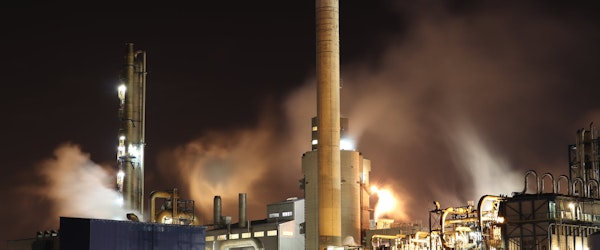
How Manufacturers Can Safeguard Against the Rising Threat of Cyberattacks
Tuesday, January 7th, 2025 Liability Risk Management TechnologyAs manufacturers integrate advanced technologies like IoT, AI, and robotics into their operations, the industry has become a prime target for cybercriminals. The interconnected nature of these systems, paired with reliance on third-party vendors, significantly increases vulnerabilities, creating multiple entry points for malicious actors. A successful cyberattack can lead to severe consequences, including halted production, business interruptions, and regulatory actions.
High-profile cases like Mondelez International, Renault-Nissan, and Norsk Hydro illustrate the staggering costs of such breaches—ranging from millions to billions in damages. For example, Mondelez faced over $100 million in losses after the NotPetya ransomware attack, and Norsk Hydro was forced to operate manually for a month following an attack that cost $70 million.
Experts recommend proactive measures to mitigate these risks, including implementing robust incident response plans, enhancing cybersecurity hygiene (e.g., multifactor authentication and system patching), and engaging cyber insurance carriers with expertise in manufacturing risks. With the stakes so high, manufacturers must prioritize these strategies to safeguard their operations and minimize potential financial and operational disruptions.





